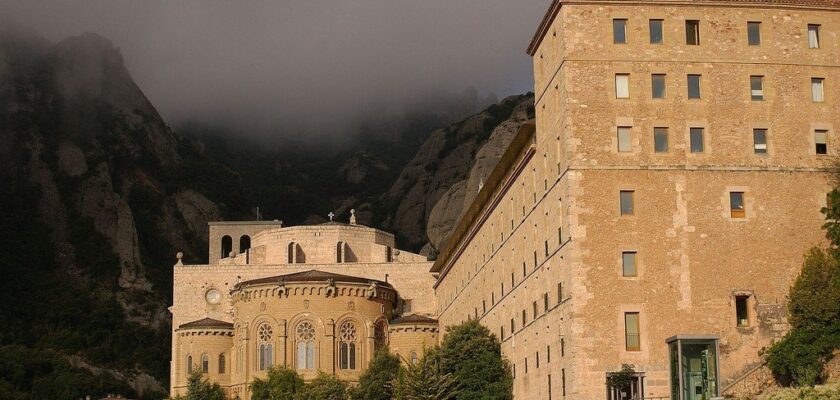Monasterio de Montserrat
Monastery of Montserrat is the most popular Benedictine monastery in eastern Catalonia. Located on a high cliff amidst thousands of limestone cliffs, the views from here are truly breathtaking.
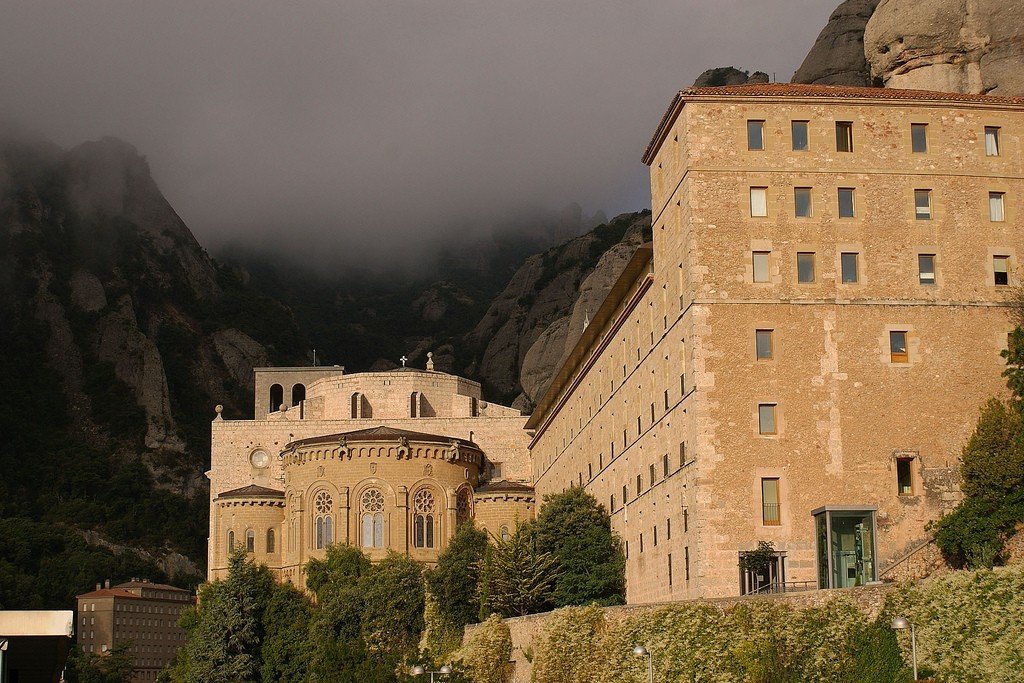

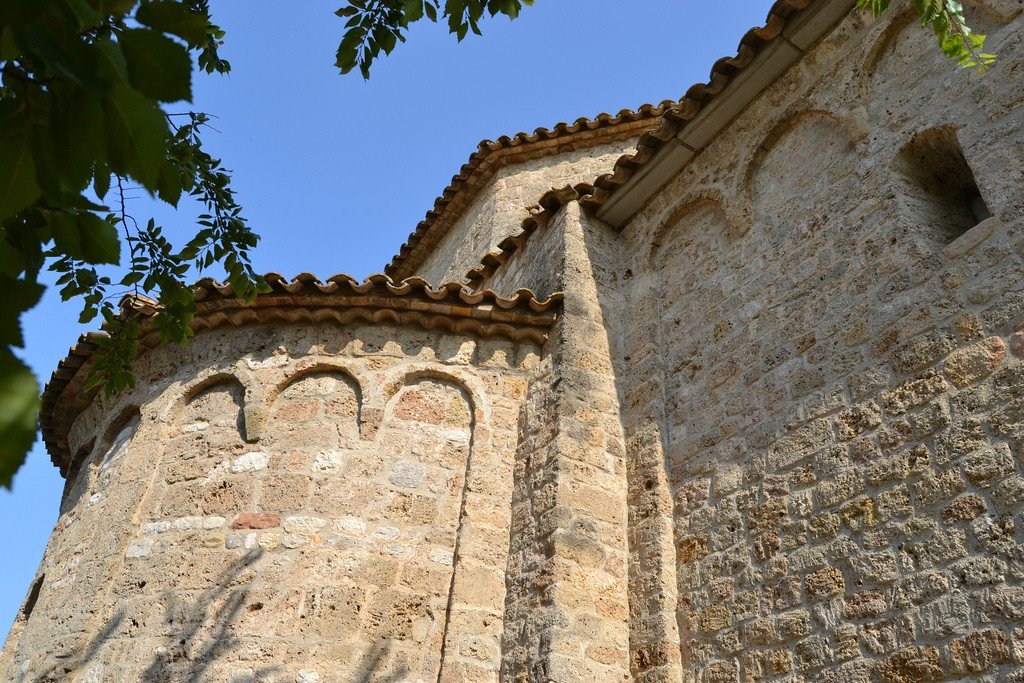
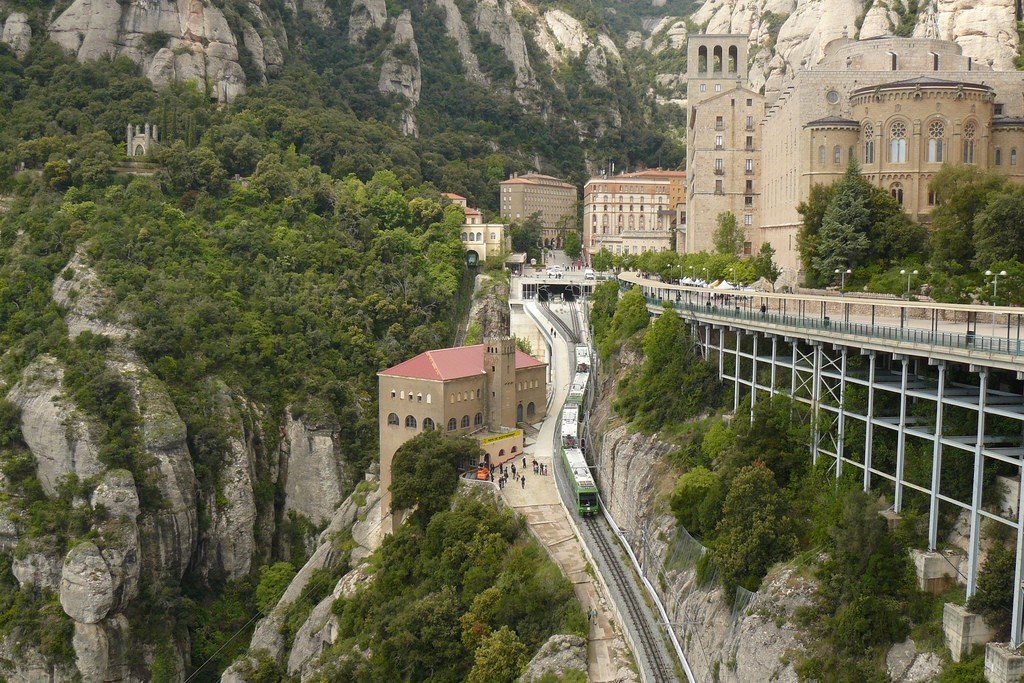
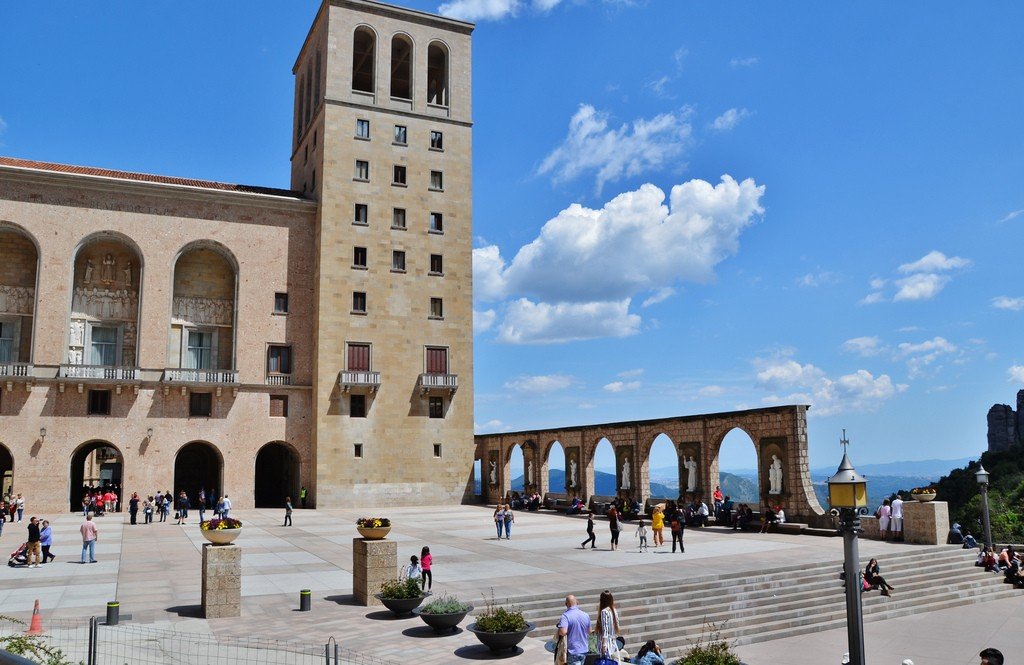
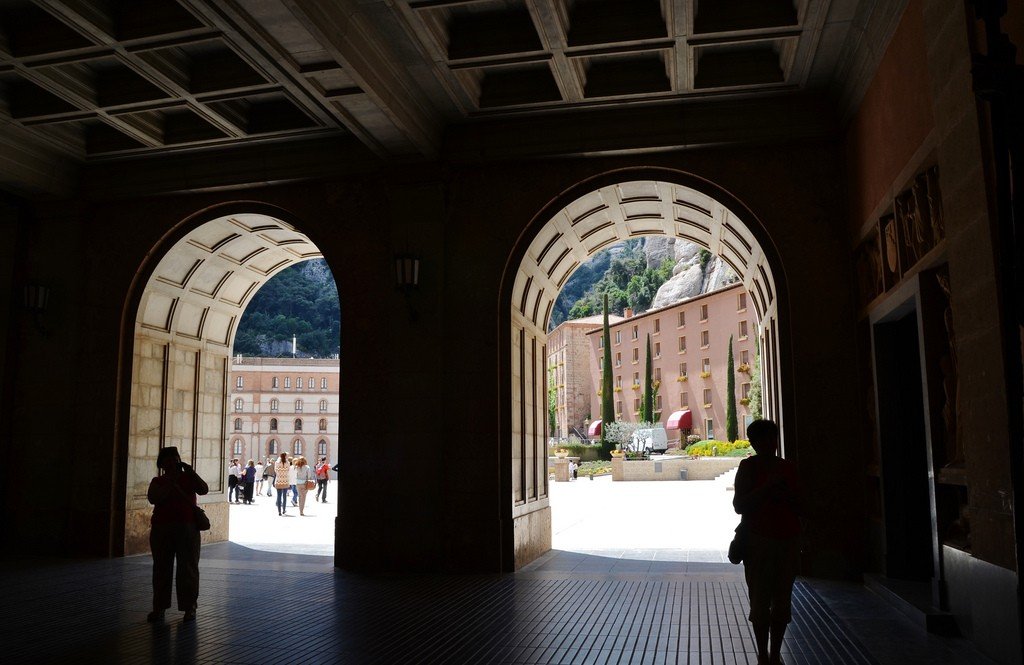
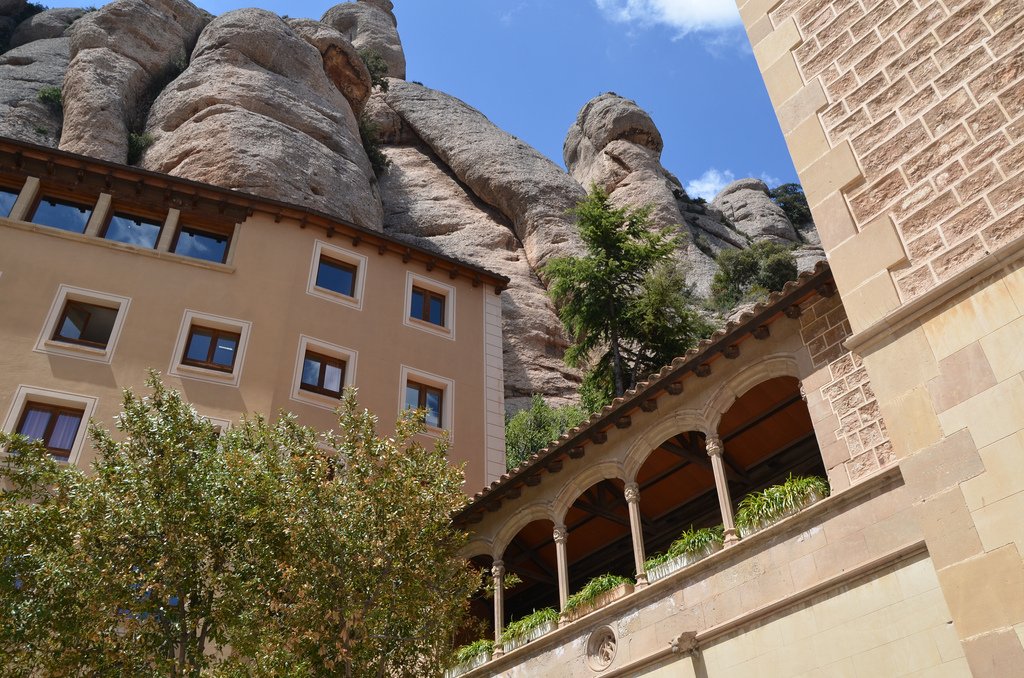
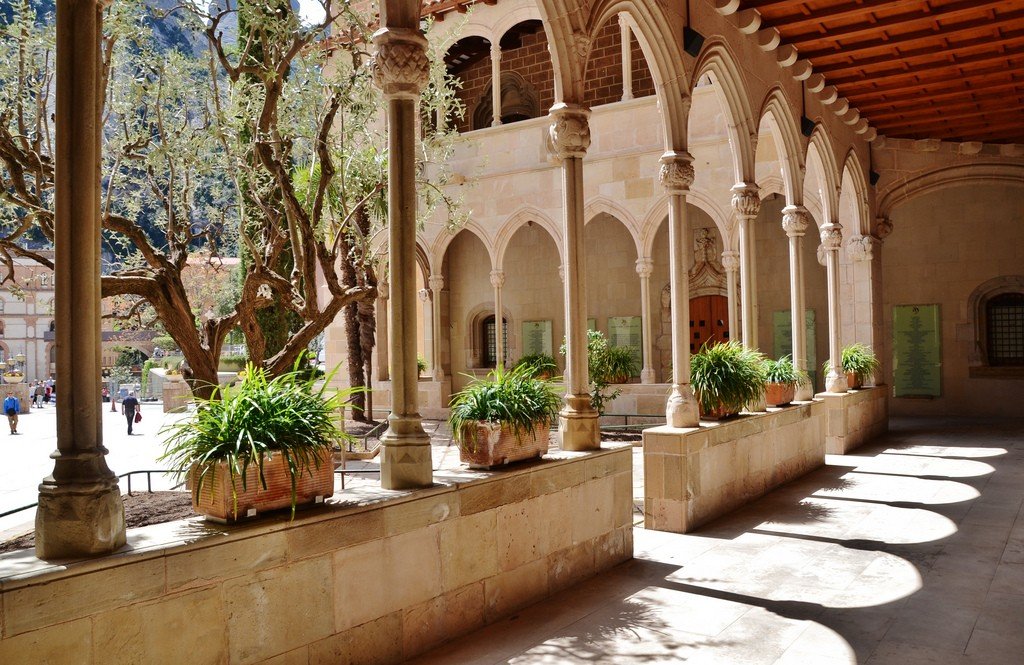
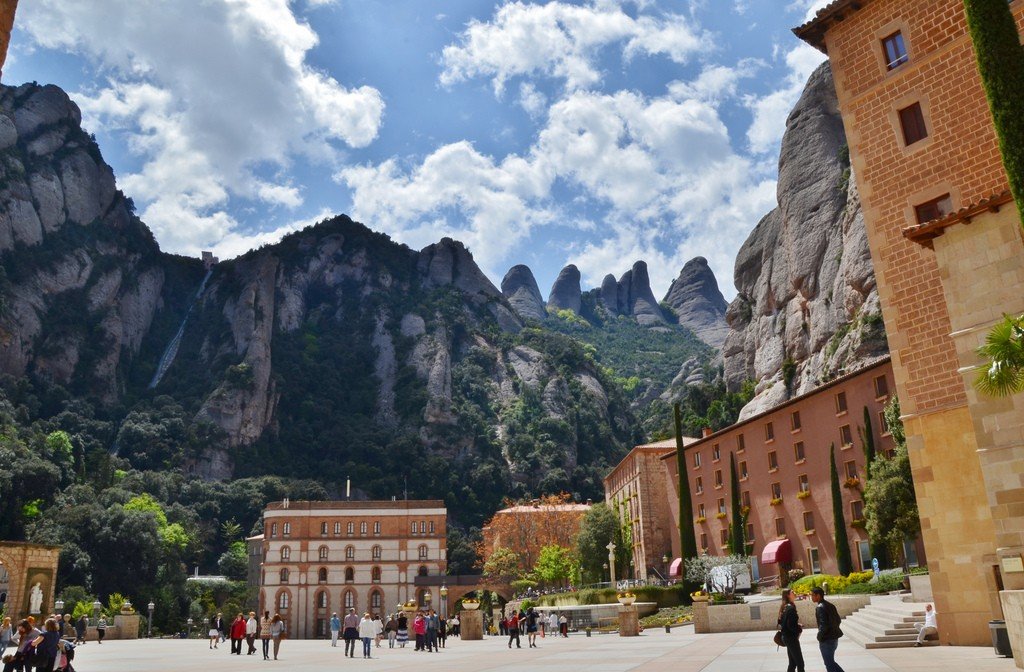
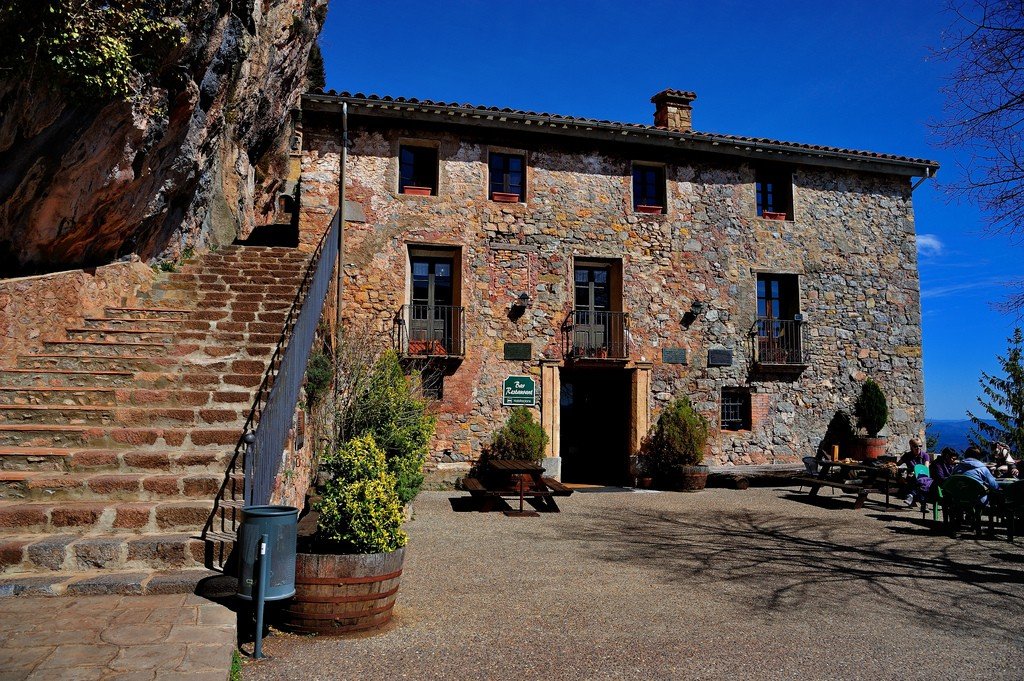
General Information
Whether by highway or cable car, Montserrat (translated as “jagged mountain”) is an unforgettable journey. For thousands of years, pilgrims have been drawn to this rocky sierra for the holy shrines of Catalonia: the Benedictine monastery, chapels and caves of Montserrat. Some 80 monks live here, but don’t expect any displays of deep spirituality. The complex has undergone a fair amount of commercialization: on Sundays and public holidays it is filled with crowds. Everything is well organized, including funiculars to Sant Joan and Santa Cova, a museum, restaurants, two hotels, stores and well thought-out routes through the Sierra, clearly signposted.
.The biggest attraction is the wooden statue of the Virgin Mary of Montserrat or La Moreneta (“the swarthy one”), named for its dark countenance. Legend has it that the statue was created by St. Luke and then miraculously appeared in 880 in Santa Cova. However, scholarly sources claim that it was created in the 12th century. La Moreneta’s status especially increased in 1881, when she was recognized as the patroness of Catalonia. To get a closer look at it, you can walk to the right side of the main doors to the jewel-studded elevation behind the altar (the passage is closed from 10.30 to 12.00). The basilica itself was extensively remodeled in the early 19th century after the French invasion, and the facade dates as early as 1901. Try to catch a performance by the Escolania, Europe’s oldest boys’ choir.
.Beneath the esplanade in front of the basilica is a museum with a rather motley collection of exhibits, from a 4,000-year-old Egyptian mummy to classical paintings (check out Luca Giordano’s canvases), Impressionists and touching tributes to La Morenete. Here you can also climb to the shrine of St. Michael or follow the long Rosary Way, dotted with modernist sculptures, to Santa Cova.
.The easiest route follows the Cami des Degotapias around the mountain.
.